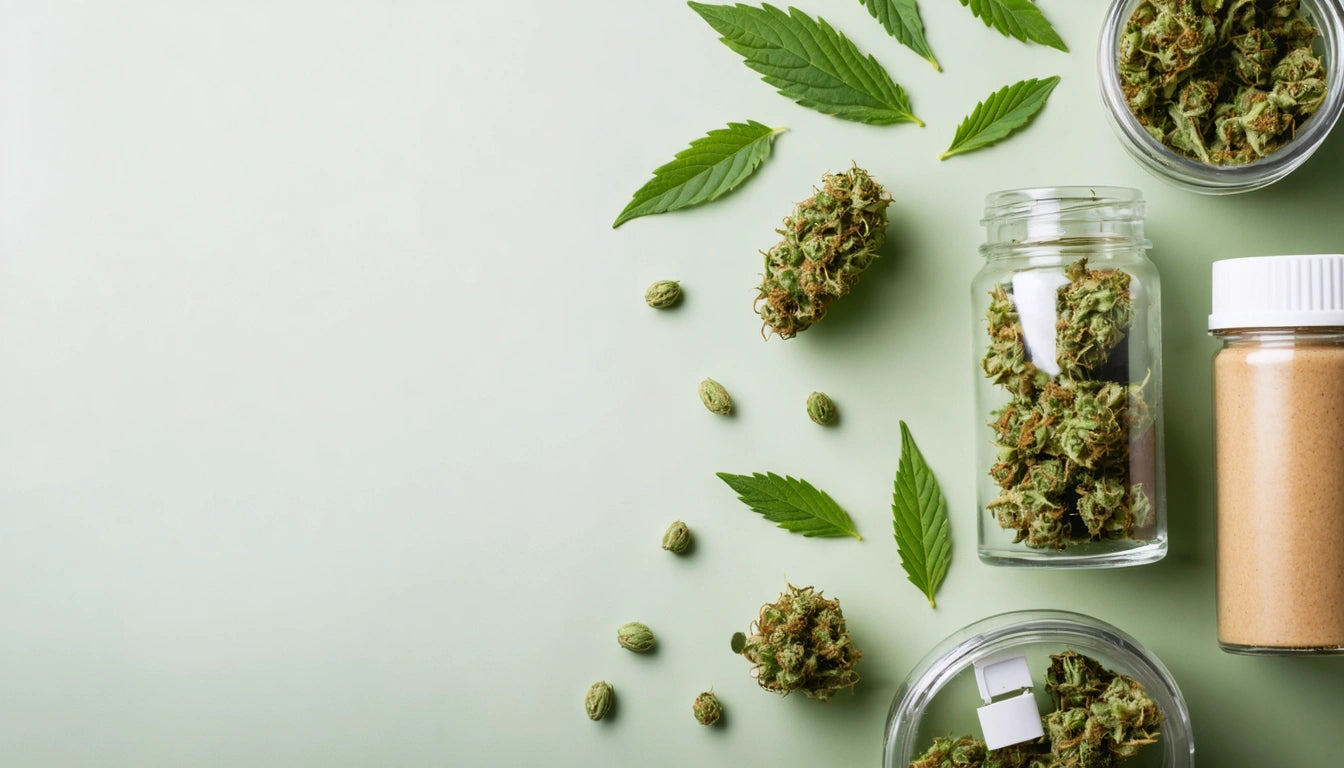Table of Contents
- Understanding Terpenes: Nature's Aromatic Compounds
- Terpenes and Mood Regulation
- Energy-Boosting Terpenes for Focus and Alertness
- Sleep-Promoting Terpenes for Relaxation
- The Entourage Effect: How Terpenes Work with Cannabinoids
- Terpene Preservation and Product Quality
- Future Applications of Terpene Research in Wellness Products
Terpenes are aromatic compounds found in many plants, including cannabis, that contribute significantly to the plant's smell, flavor, and effects. Beyond their sensory properties, terpenes play a crucial role in influencing mood, energy levels, and sleep quality. Understanding these compounds helps consumers make informed choices about cannabis products based on desired effects rather than just THC content.
Understanding Terpenes: Nature's Aromatic Compounds
Terpenes are organic hydrocarbons produced in the resin glands of cannabis alongside cannabinoids like THC and CBD. Over 150 different terpenes have been identified in cannabis, each with unique properties and potential effects. As explained in this overview of terpenes, these compounds evolved primarily as defense mechanisms against predators and to attract pollinators.
The concentration and combination of terpenes create the distinctive scent profiles we associate with different cannabis strains. For example, the citrusy aroma in certain varieties comes from limonene, while the pine scent originates from pinene. These aromatic signatures aren't just pleasant; they signal different potential effects on human physiology.
Terpenes and Mood Regulation
Limonene: The Mood Elevator
Limonene, found in citrus fruit peels and certain cannabis strains, is associated with elevated mood and stress relief. Research suggests this terpene may increase serotonin and dopamine production in the brain, potentially explaining its anti-anxiety and antidepressant properties.
Linalool: The Anxiety Reducer
Linalool, which gives lavender its characteristic scent, appears in many cannabis varieties. Studies indicate it may reduce anxiety by modulating glutamate and GABA neurotransmitters. Cannabis products rich in linalool are often sought for their calming effects.
Energy-Boosting Terpenes for Focus and Alertness
Certain terpenes are associated with increased energy, focus, and mental clarity. Understanding these compounds helps consumers select appropriate products for daytime use.
- Pinene: Found in pine needles and some cannabis strains, pinene may promote alertness and memory retention by inhibiting the breakdown of acetylcholine, a neurotransmitter involved in learning.
- Terpinolene: Though less common, this terpene has been linked to energizing effects and is typically found in more uplifting cannabis varieties.
- Caryophyllene: This unique terpene also functions as a cannabinoid by binding to CB2 receptors, potentially offering focus without sedation.
Consumers seeking productivity-enhancing effects should look for products with these terpene profiles, which are typically found in sativa-dominant strains.
Sleep-Promoting Terpenes for Relaxation
For those struggling with sleep issues, certain terpenes offer potential relief through their sedative properties:
Myrcene: The Sedative Powerhouse
Myrcene, the most abundant terpene in commercial cannabis, is known for its sedative effects. It's believed to enhance the psychoactive effects of THC while producing muscle relaxation. Products high in myrcene are typically recommended for evening use.
Terpineol and Nerolidol
These less-discussed terpenes also demonstrate sedative properties. Terpineol has a lilac scent and may produce calming effects, while nerolidol (found in jasmine tea) has been studied for its potential sleep-enhancing properties.
When selecting products for sleep support, consumers can benefit from matching strains based on terpene profiles rather than relying solely on indica/sativa classification.
The Entourage Effect: How Terpenes Work with Cannabinoids
Terpenes don't work in isolation. They interact with cannabinoids and other compounds in what's known as the entourage effect. This synergistic relationship means the combined effect of all compounds together is greater than the sum of individual effects.
As detailed in this article on the entourage effect, terpenes can modulate how cannabinoids bind to receptors, potentially enhancing therapeutic benefits while reducing unwanted side effects. For example, pinene may counteract memory impairment sometimes associated with THC, while myrcene might enhance THC's sedative properties.
Terpene Preservation and Product Quality
Terpenes are volatile compounds that can easily degrade with improper handling. The extraction method significantly impacts terpene retention in finished products. Advanced equipment, such as specialized filling machines for terpene-rich products, helps manufacturers preserve these delicate compounds during production.
According to this analysis of extraction methods, low-temperature processes like cold ethanol extraction or live resin production tend to preserve terpene profiles better than high-heat methods. For consumers, proper storage in cool, dark places with minimal air exposure helps maintain terpene integrity.
Future Applications of Terpene Research in Wellness Products
As research into terpenes advances, we're seeing expanded applications beyond traditional cannabis products. Terpene formulations are being studied for targeted therapeutic effects, with potential applications in aromatherapy, personalized medicine, and functional foods.
The distinction between synthetic and botanical terpenes is becoming increasingly important as manufacturers explore cost-effective ways to standardize products. While botanical terpenes offer the full spectrum of plant compounds, synthetic alternatives provide consistency and scalability for commercial applications.
For consumers interested in exploring terpene effects, understanding lab reports is essential. These documents provide detailed breakdowns of terpene content, helping users make informed choices based on desired mood, energy, or sleep outcomes.
As our understanding of these aromatic compounds deepens, terpenes will likely play an increasingly central role in how cannabis products are formulated, marketed, and prescribed for specific wellness goals.











Leave a comment
All comments are moderated before being published.
This site is protected by hCaptcha and the hCaptcha Privacy Policy and Terms of Service apply.